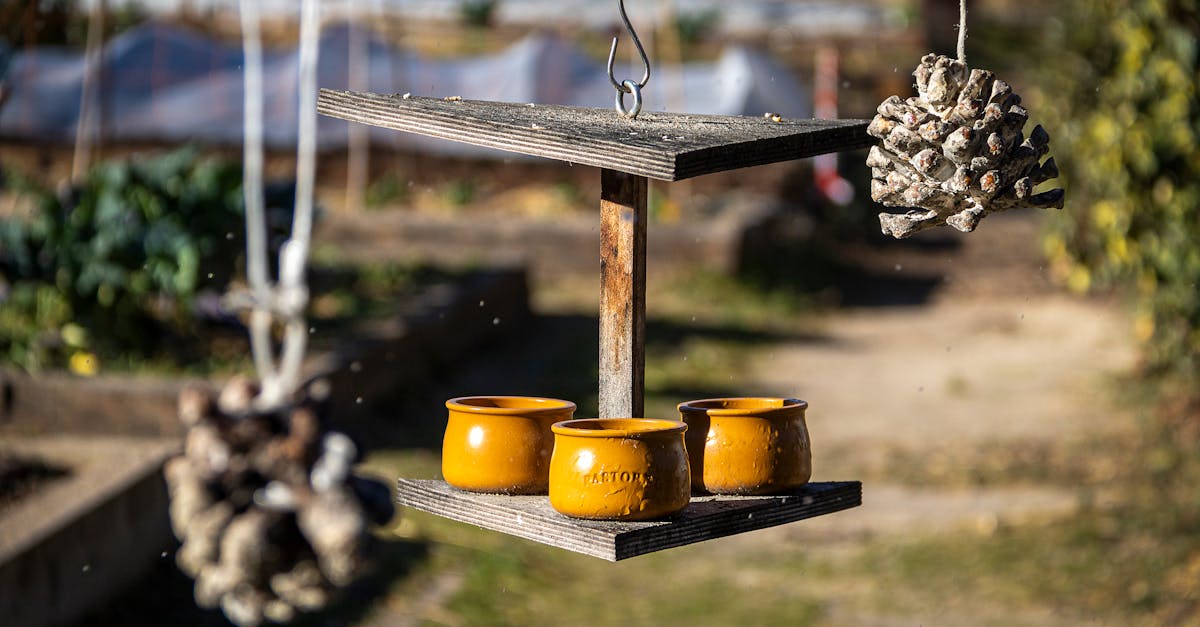Gratitude: A Transformative Approach to Positivity
Gratitude practices have been all the rage lately—and for good reason. Studies show that cultivating gratitude can have profound effects on mental health, emotional well-being, and even physical health. Whether it’s a written list, a moment of reflection, or a heartfelt expression of thanks, gratitude shifts our mindset from what we lack to what we have. But after years of trying various gratitude techniques, I’ve landed on a new practice that has been more impactful for me than anything else.
The Benefits of a Gratitude Practice
Research on gratitude continues to back up what many people have long known—taking time to be grateful can improve both mental and physical well-being. Studies from the Greater Good Science Center at UC Berkeley have shown that regularly practicing gratitude leads to significant increases in happiness and life satisfaction. In fact, a 2015 study found that people who wrote about gratitude were more optimistic and felt better about their lives.
Gratitude practices also improve physical health. Those who take time to reflect on what they’re grateful for report fewer physical ailments, better sleep, and even lower blood pressure. It seems the simple act of focusing on positive aspects of life can drastically change how we feel, both mentally and physically.
When Is the Best Time to Practice Gratitude—Morning or Night?
A common question I’ve explored over the years is whether it’s more effective to practice gratitude in the morning, to set the tone for the day, or at night, as a way of debriefing before bed. Research supports the benefits of both.
Practicing gratitude in the morning can prime your mind for optimism, helping you approach the day with a positive mindset. Starting your day with gratitude has been shown to reduce stress and boost resilience.
On the flip side, gratitude at night allows you to reflect on your day and reframe any challenges with a more positive perspective. A 2011 study found that people who wrote gratitude lists before bed reported better sleep and woke up feeling more refreshed.
For me, both morning and night practices have their advantages. I’ve tried both approaches over the years, and while both are beneficial, my current practice leans heavily toward the morning to kickstart my day.
Verbal, Mental, or Written Gratitude: Which Is Best?
Another question I’ve explored is the how of practicing gratitude. Should you say it aloud, think it silently, or write it down? The answer depends on your personality and preferences.
- Verbal expressions of gratitude, whether thanking someone in person or speaking to yourself, have the added benefit of strengthening relationships and building connections. Research from the Journal of Positive Psychology found that receiving or witnessing expressions of gratitude can improve mood and emotional well-being.
- Mental gratitude, where you silently reflect on things you’re thankful for, can be powerful in shifting your mindset. This quiet introspection helps to reshape your internal dialogue.
- Written gratitude tends to be the most effective. Writing forces you to articulate and organize your thoughts, making the practice more concrete. Robert Emmons, one of the world’s leading gratitude researchers, found that those who keep gratitude journals experience long-lasting improvements in well-being, with some reporting a 10% increase in happiness.
My Journey Through Various Gratitude Practices
Over the years, I’ve experimented with each of these methods. I’ve done gratitude journaling at night, mental reflections in the morning, and verbal expressions whenever I felt compelled to thank someone. They all had positive impacts, but over time, I found that some practices became routine and less impactful. I needed something new to keep the benefits fresh and meaningful.
That’s when I discovered a new method from Phil Stutz’s The Tools, and it has become my favorite—and most effective—gratitude practice yet.
Here’s how my new practice works: every morning, I start my meditation with five minutes of focused gratitude. In those five minutes, I think of five new things to be grateful for—one for each minute. The key is that these things must be new. Once I’ve expressed gratitude for something, I can’t repeat it. This forces me to focus deeply and think carefully about what I’m grateful for.
Why This Practice Stands Out
This approach has made a huge difference in my life. The deep focus required ensures that I’m truly engaging with the gratitude I’m expressing. I’m not just going through the motions. The rule of never repeating the same thing twice means I can’t fall into the trap of routine or surface-level gratitude. Each morning, I have to dig deeper.
Another powerful aspect of this practice is that in having to find five new things every day, it effectively means that they all come from the previous day. This essentially rewrites my memory of the day before. No matter what might have gone wrong, I sit for five minutes each morning and focus solely on the best moments from the day. As a result, my memory of life is increasingly positive—every day becomes a great day when I look back.
Because I know I’ll need to find five things to be grateful for each morning, this practice has shifted how I experience my day. I’m constantly on the lookout for things to appreciate—whether it’s a meaningful conversation with a friend, a beautiful sunset, or the simple joy of playing silly games with my daughter during school lunch.
This heightened awareness of life’s positive moments keeps me grounded in the present, focusing on what’s good rather than what could go wrong. It’s been transformative. I’m not just rewriting my memories to be more positive; I’m living each day more fully and with more joy.
What’s Next
While I’ve found this new method to be the most impactful gratitude practice for me, I believe that any form of gratitude can be transformative. Whether you try my approach or explore your own, the benefits of gratitude are undeniable.
At Alively, we believe in the power of gratitude, which is why we incorporate it into what we offer, including through our partnership with Soul. Gratitude has the power to change lives, and I encourage everyone to explore how they can bring more of it into their daily routines.
So, as I wrap up, I have to ask: What are you grateful for today?











